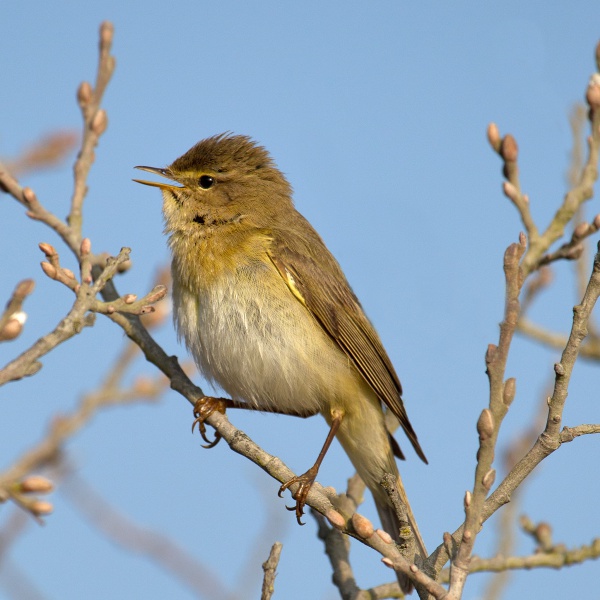Facts About Willow warbler
The willow warbler is a delightful small bird found throughout northern and temperate Europe, as well as the Palearctic region. During winter, they migrate to Sub-Saharan Africa to avoid the cold. These birds prefer to nest in open woodlands with abundant ground cover, especially those with birch, alder, and willow trees. Like many of their Old World warbler relatives, willow warblers primarily consume insects and are known for their simple, descending whistle song.
At first glance, the willow warbler closely resembles the chiffchaff, but there are a few distinct differences. Willow warblers have paler legs, a longer bill, and their songs are distinctly different. There are three subspecies of this bird, each with slight variations in their plumage depending on where they breed and spend the winter. These birds are impressive travelers, with some covering up to 12,000 kilometers each year!
Willow warblers especially enjoy young, open woodlands with small trees and nearby water. Conservationists are making significant efforts to protect these habitats, particularly in Scandinavia where the birds are quite common. Unfortunately, in some areas like England, their numbers have been declining in recent years.
The scientific name of the willow warbler is derived from Ancient Greek. The genus name "Phylloscopus" means "leaf seeker" and the species name "trochilus" translates to "wren." The bird's English name, willow warbler, was officially adopted in 1843, prior to which it was known as the "willow wren."

 Ireland
Ireland